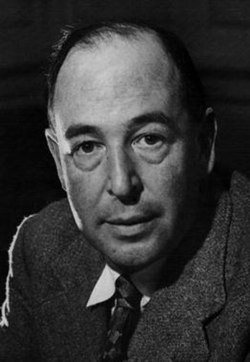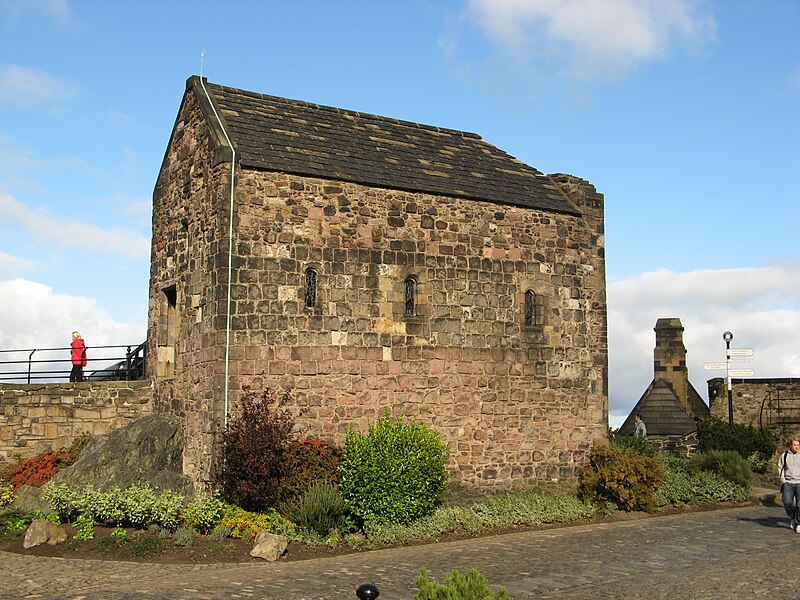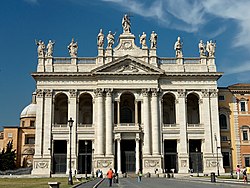Icon depicting Emperor Constantine (centre) and the Fathers of the First Council of Nicaea (325) as holding the Niceno–Constantinopolitan Creed of 381
Another Credo? The world and indeed the Church is full of them. Every Tom, Dick and Harriet with an interest in liturgy and an agenda to run can hash one together and proclaim it thus. A Feminist Creed, a Gay Creed a Socialist Creed etc, etc,etc..... I don't see any of them as replacements for the Ecumenical Creeds of the Undivided Church but to reflect on them every so often (or even to recite them in Church) can sharpen our understanding of the implications of the faith we profess. Like this one - Dorothy Sollee's German Creed:
I believe in God
who didn’t create a world
full of things that are the same,
who doesn’t rule in accordance with eternal laws
which are unchangeable
nor under the natural order
of poor and rich,
experts and uninformed
rulers and those who depend on their mercy.
who didn’t create a world
full of things that are the same,
who doesn’t rule in accordance with eternal laws
which are unchangeable
nor under the natural order
of poor and rich,
experts and uninformed
rulers and those who depend on their mercy.
I believe in God
who supports the protests of the living
and the change of all conditions
through our work
and through our politics.
who supports the protests of the living
and the change of all conditions
through our work
and through our politics.
I believe in Jesus Christ who was right when he,
as an ‘individual who can’t change anything’
just like us worked for the change of all conditions
and who perished in so doing.
as an ‘individual who can’t change anything’
just like us worked for the change of all conditions
and who perished in so doing.
Compared with him I realise
how our intelligence cripples
and our fantasy stifles
our efforts are wasted
because we don’t live like he did.
how our intelligence cripples
and our fantasy stifles
our efforts are wasted
because we don’t live like he did.
Every day I am afraid
that He died in vain
because he is buried in our churches
because we have betrayed His revolution
in obedience and fear of authorities.
that He died in vain
because he is buried in our churches
because we have betrayed His revolution
in obedience and fear of authorities.
I believe in Jesus Christ
who rises from the dead in our life
so that we can become free
from prejudice and arrogance
from fear and hatred
and drive His revolution
towards his reign.
who rises from the dead in our life
so that we can become free
from prejudice and arrogance
from fear and hatred
and drive His revolution
towards his reign.
I believe in the Spirit
that came into this world with Jesus
to the community of all nations
and our responsibility for what
becomes of our world,
a valley full of lamentation, hunger and violence
or the city of God.
that came into this world with Jesus
to the community of all nations
and our responsibility for what
becomes of our world,
a valley full of lamentation, hunger and violence
or the city of God.
I believe in the just peace that can be created
in the possibility of a meaningful life
for all people in the future of this world of God.
in the possibility of a meaningful life
for all people in the future of this world of God.











 We
believe that the source of our life is the Triune God, the Comm-Unity,
and that the substance of life is Community, namely, that men, by the
grace of God, should of their own initiative come into that freely
chosen Fellowship of God's Kingdom which is their home. We must,
therefore, give ourselves as workers together with Him for the
re-creating of a world in which there shall be an interplay of
initiative and co-operation.
We
believe that the source of our life is the Triune God, the Comm-Unity,
and that the substance of life is Community, namely, that men, by the
grace of God, should of their own initiative come into that freely
chosen Fellowship of God's Kingdom which is their home. We must,
therefore, give ourselves as workers together with Him for the
re-creating of a world in which there shall be an interplay of
initiative and co-operation.